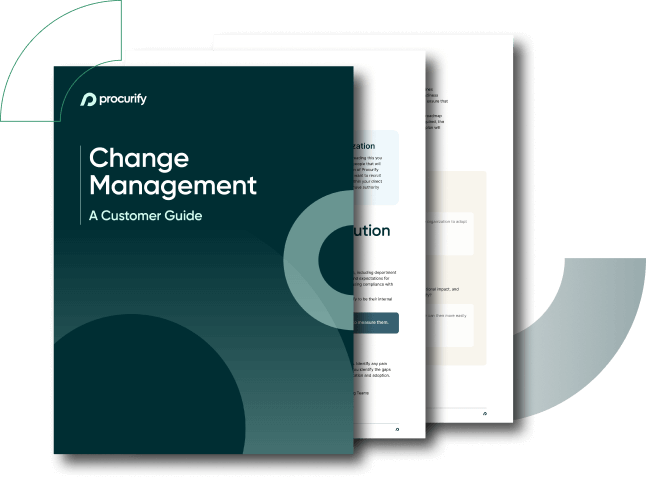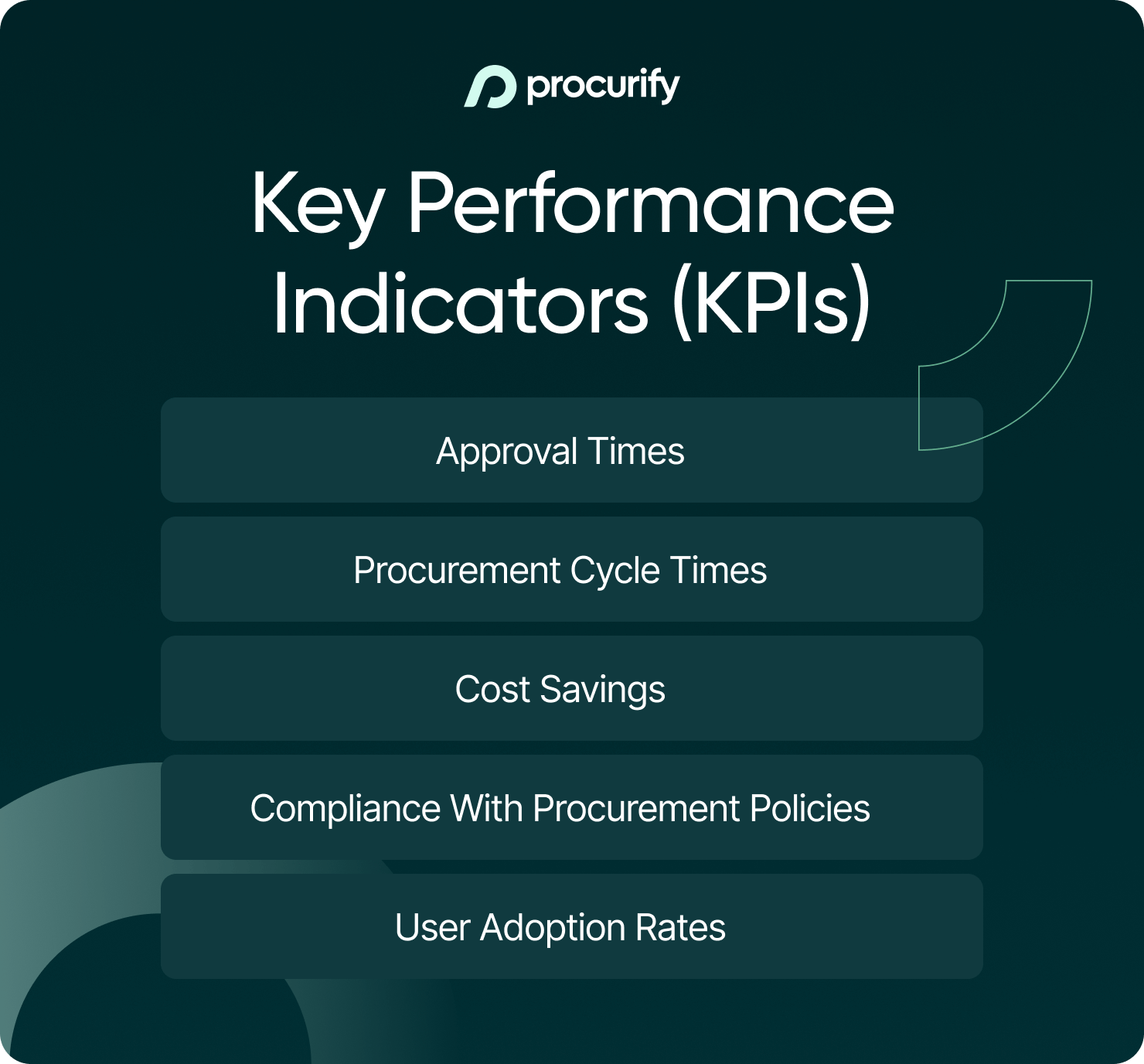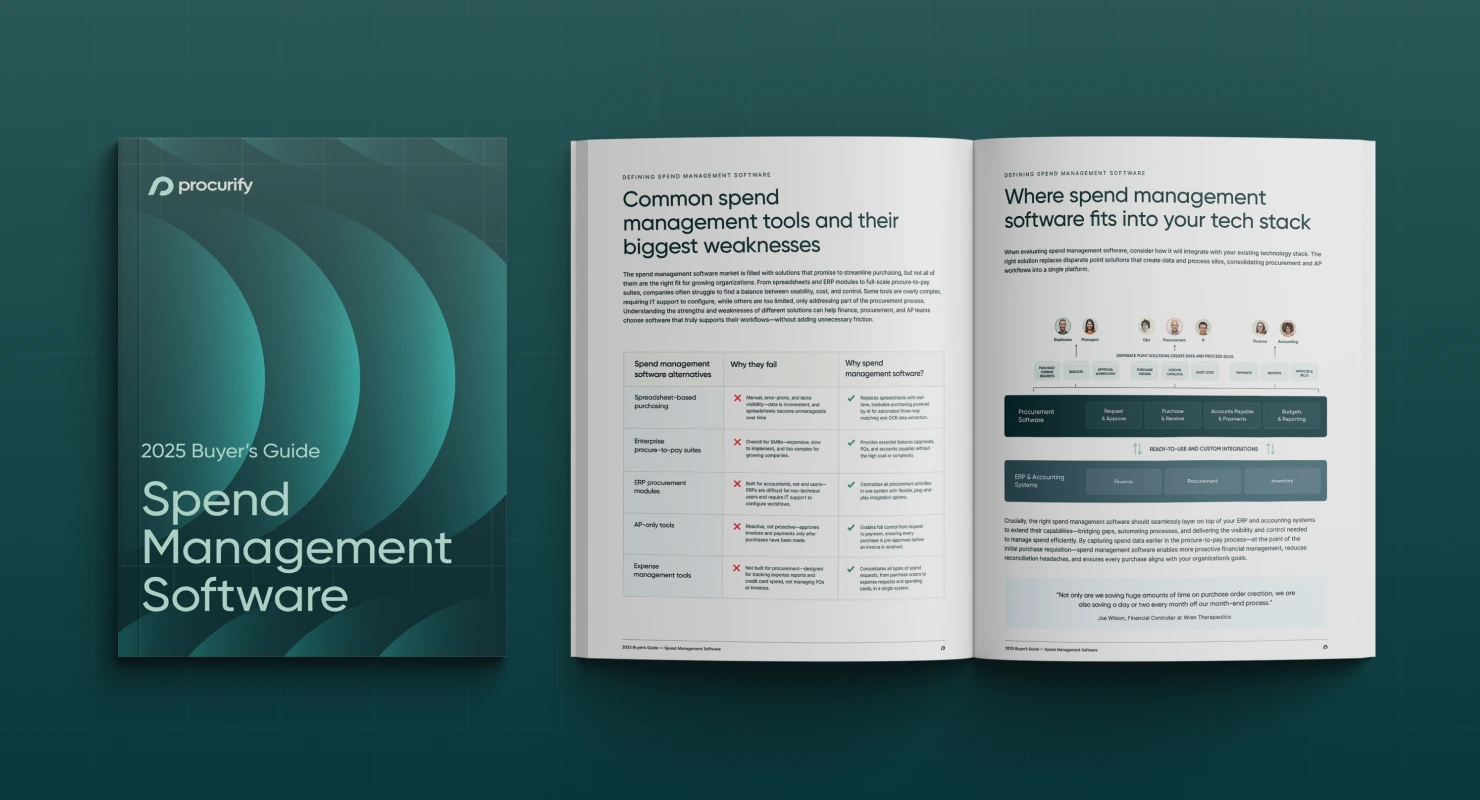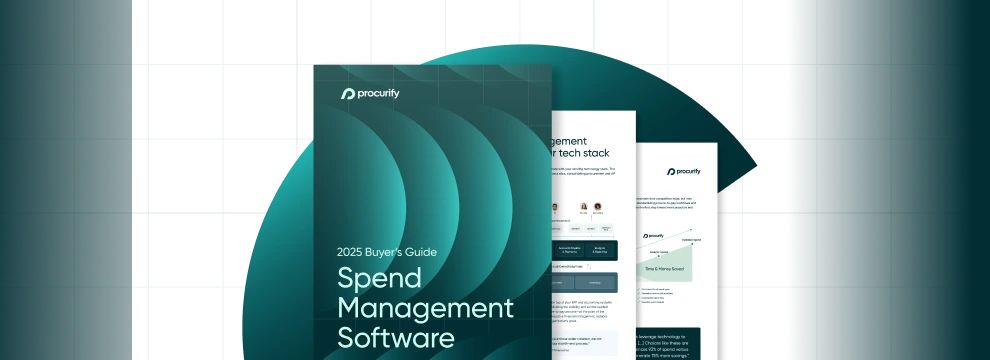
Simplifying Change Management after Purchasing Procure-to-Pay Software
Maybe populating invoice spreadsheets manually was wasting too much of your day. Maybe your company was losing visibility on company-wide spending as it grew. Whatever the reason, you or your higher-ups are considering implementing a procure-to-pay (P2P) platform.
Once you decide on one, now what?
In theory, change management is a strategic transition within a company designed for a short-term learning curve in exchange for a beneficial long-term solution. But in reality, the idea of adopting another shiny new service and getting the key players in your organization to embrace it can be daunting and met with some resistance.
People are naturally adverse to change. If you add to that poor communication, poor planning, and lack of support from your leaders, then your change management rollout is bound to go sideways.
Over the past century, there have been countless studies (Lewin’s Change Model, ADKAR Model, The 8-Step Process) conducted by some really smart people trying to understand organizational change and how to convert employees into believers of new processes.
In over a decade in this space, our Implementation team has assisted hundreds of small and medium-sized customers navigate the transition. They have identified common roadblocks and have concluded that change management doesn’t have to be hard.
Although each company has their own unique processes and challenges, we identified eight change management tips for P2P software that are sure to deliver value no matter your industry or organization size.

Change Management Guide
1. Define the objectives of procure-to-pay software implementation
Before you and your team become the cost-saving heroes of your organization, you must take inventory and visualize what success looks like. Identify the gaps. Find the key stakeholders, including department heads, procurement teams, and end users, and involve them in the planning process. Set measurable goals and expectations for the implementation project, for example:
-
Improving procurement cycle times
-
Reducing rogue spending
-
Increasing compliance with procurement policies
At Procurify, our Customer Success Managers guide new users through a Success Plan – a roadmap that identifies these areas and ways to measure them.
2. Assess the current state of your procure-to-pay processes
What are your current procurement processes, systems, and policies? The idea here is to audit your different teams, identify their biggest pain points, and put together a playbook for how the software can improve efficiency across the board.

Make sure to consider the teams most impacted by the procure-to-pay software:
-
Procurement
-
Accounting/Finance
-
Receiving Teams
-
Requisition Teams
Completing your assessment will provide the purpose of your new P2P software and clarity on the next steps for company-wide implementation and adoption.
3. Draft a comprehensive change management plan
This is your roadmap. A comprehensive change management plan outlines the strategies, activities, and timelines for managing the transition to your new P2P software.
Your change management plan should include:
-
Communication plans, training plans, and change readiness assessments
-
Risks and benefits
-
Assigned responsibilities to key team members
-
Regular progress reviews
A well-developed plan will help ensure that the change is implemented smoothly and with minimal disruption.
4. Engage and communicate with stakeholders during procure-to-pay implementation
Now it’s time to spread the word.
Successful change management requires effective communication with stakeholders at all levels of the organization:
-
Executives
-
Managers
-
Procurement teams
-
End users
Communicate early on (to avoid surprises) and clearly articulate the benefits of your P2P software and how it aligns with the organization’s goals and objectives. Identify your internal influencers who can champion and amplify the rollout. Make sure the executive team and stakeholder group are aligned on the key messaging is important when communication is trickled down to your broader teams.
Users should also understand the value that the software brings and how it impacts their day-to-day activities. Address any concerns or resistance to change and provide ongoing updates on the progress of the implementation project.
After a reasonable amount of time (we suggest one to three months) share your wins with the team! For example:
-
Reduced request to receive time by XX% or XX hours
-
Budget adherence for X months/quarters
-
Reduction of errors on purchase orders, increased accuracy for items received
-
More accurate AP processing
5. Provide training and support for software users
Develop a comprehensive training plan to ensure that end users are proficient in the software’s capabilities. This could include: in-person training sessions, webinars, online tutorials (we use Procurify Academy with our new customers), and user guides (customers have access to our Knowledge Base).
Provide ongoing support, including a help desk or support portal (we suggest having a Slack channel or intranet support), to address any questions or issues that arise during the implementation process. Encourage feedback from end users and use it to continuously improve the system and user experience.
6. (Optional) Roll out the new procure-to-pay software in phases for Better adoption
Consider launching your new procurement platform in phases to minimize disruption and manage change effectively. Start with a pilot group or a single department (maybe begin with the procurement or finance team) to get familiarized with the P2P software, understand the workflow, and share feedback with your primary stakeholders. Take the time to connect with the early adopters, listen to their feedback and concerns, and make adjustments as needed.
Once the pilot is successful, gradually roll out the new software to other departments or locations. Monitor the implementation progress and address any issues or challenges as they arise.
7. Monitor and evaluate the results of Procure-to-Pay Implementation
Here comes the moment of truth: Is this working?

Regularly monitor and evaluate the results of the implementation to ensure that the desired outcomes are being achieved. Measure key performance indicators (KPIs) such as:
-
Approval times
-
Procurement cycle times
-
Cost savings
-
User adoption rates
Use the data to identify areas for improvement and make adjustments to the implementation plan as needed.
Collect feedback from your user group on how they use the procure-to-pay software, how it impacts their day-to-day activities, and how it creates more efficiencies within their roles.
8. Continuously improve and optimize your processes
Measure feedback and the results you are seeing with the new software against your original goals and business objectives. Adjust any training gaps.
Encourage continuous feedback from end users and incorporate it into your ongoing improvement efforts. Stay up-to-date with the product’s updates and enhancements (here are Procurify’s), and leverage them to further optimize your procurement processes and achieve greater value from the system.
Change management will always be an adjustment to any medium-sized organization. But it doesn’t have to be hard. With a thorough plan and rollout strategy — along with the right internal leaders — company-wide adoption can be a seamless transition.

2025 Spend Management Software Buyer’s Guide
Choose the spend management solution best suited to your organization’s needs with an overview of the 2025 software ecosystem, feature comparisons, and a free vendor capability evaluation checklist.




